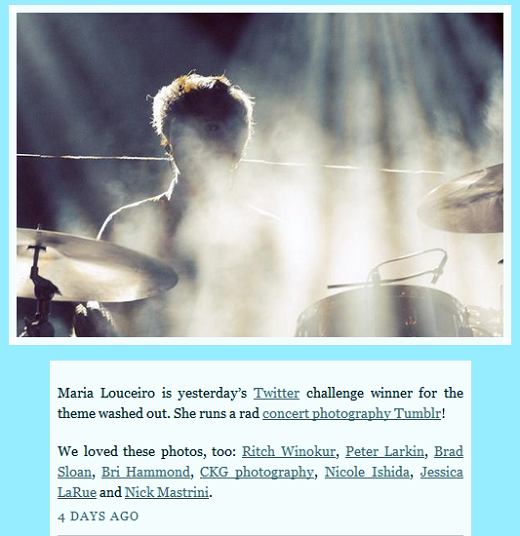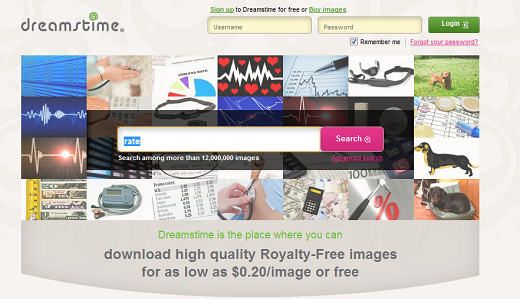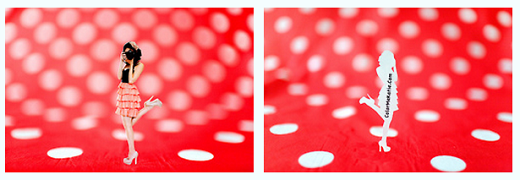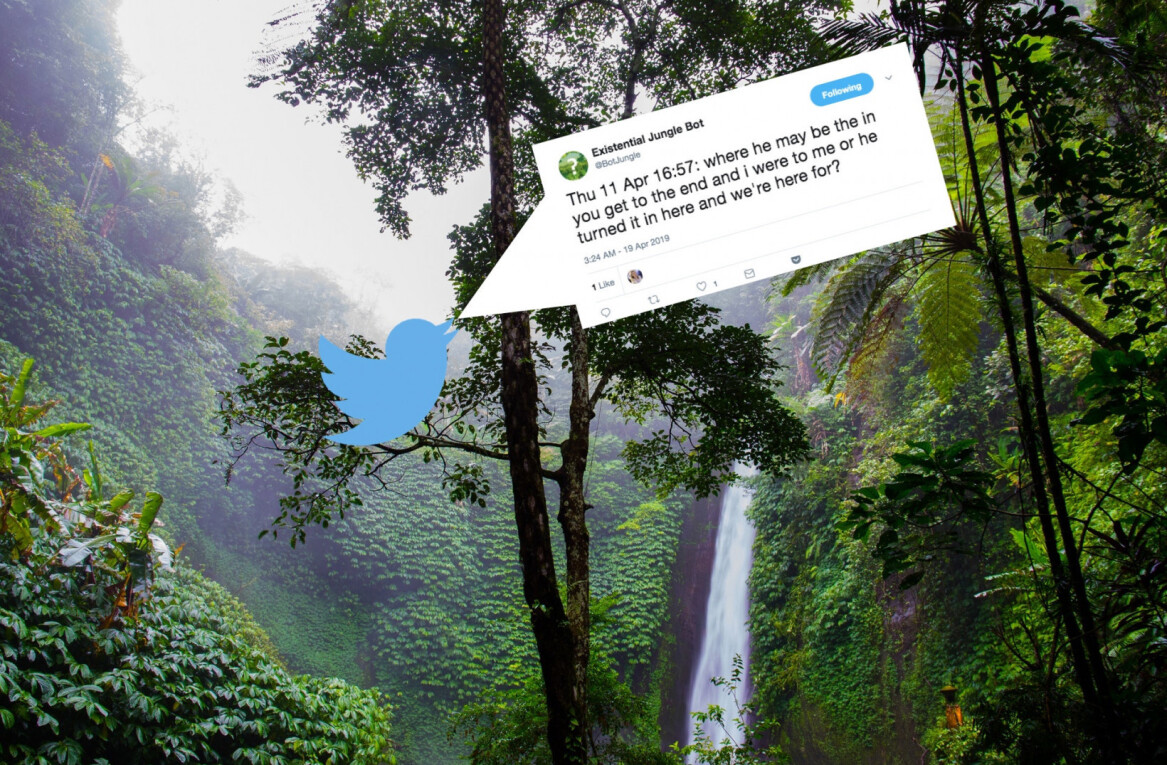
When it comes to selling your photos online (or offline for that matter) it can seem like a daunting task, and if you’re not sure where to start, we’ve put together a basic guide which offers a few avenues that you can take, from the best websites to post your photography, to how to make sure your work gets noticed.
The first step, obviously, is deciding where to sell your photography, which is determined by your style. If you’re more of a product photographer, microstock agencies are the best route for you. If you prefer fine art photography, sites like Red Bubble or Etsy might be better suited to your style.
Microstock Agencies
One of the most common places for photographers to sell their images today is through microstock agencies. When choosing a microstock site, make sure to read all the fine print, and understand exactly what your rights are, what their commission is, as well as reading the guidelines to make sure you adhere to their rules.
There are countless microstock agencies, but when getting started, it’s best to go with one of the better known and established agencies such as Fotolia, iStockPhoto, Shutterstock and DreamsTime. There’s no harm in placing the same images on each site, to see where your work does best.
When adding photos to a microstock site it’s good to always keep adding new work, in order to keep your portfolio updated and get you noticed.
Fotolia
We have already reviewed Fotolia, a popular microstock site, but we looked at it from the point of view of the buyer. If you’re a photographer and want to sell your photos on Fotolia, what you get paid depends entirely on your ranking on the site and the image’s exclusivity, among other factors. You could get paid anywhere from 20 to 63% for a single image download. Fotolia complicates things a little bit for photographers due to its various subscription plans. If a user downloads the image via the subscription download option, you will receive 0.25 to 0.40 site credits, which you can cash out via Paypal or Moneybookers once you’ve earned a minimum of 50 credits.
Shutterstock
One of the best-known microstock agencies, Shutterstock is often at the top of photographers’ lists as far as earning are concerned, so if you’re going to choose just one agency, it should be Shutterstock. Shutterstock only pays anywhere from $0.25 to$2.85 per image, but the higher rates are limited to photographers with extremely high lifetime earnings. The potential for the volume of sales, however, makes up for that. That said, your images do go through a pretty stringent vetting process before your images are accepted.
DreamsTime
DreamsTime is a good place for beginners to start as its vetting process is probably the most lenient out of all the sites listed here. Photographers receive a commission which ranges from 30 to 60% of the price, while images sell for as low as $0.20 per image.
iStockPhoto
While you could potentially get the highest earning per image from iStockPhoto, the site’s vetting process is extremely stringent as well. Photos accepted by other microstock agencies could very easily be rejected by iStockPhoto. Photographers are paid a commission which ranges anywhere from 15 to 45% depending on various factors including exclusivity
Creative sites
While photography sold on microstock sites doesn’t have to always have a corporate or product feel to it, the more artistic or fine art photography doesn’t have an audience. Most, if not all, fine art photographers are averse to use a royalty-free site, especially ones with low rates as it simply devalues their work. If the microstock model doesn’t appeal to you, there are more creative routes to take.
Like with microstock sites, you do need to keep your portfolio updated, but also be very selective. Showcase only your best work and make sure to tag your work well so it can be easily found by customers.
Etsy
Using a site like Etsy is a great way to sell prints to a ready and waiting audience. It does of course have its drawbacks. With microstock sites, you are selling nothing more than a digital file, and the site does all the work for you. With a site like Etsy, you have to go to the trouble of making prints, and mailing them, all of which automatically increases your price, and potentially makes it harder to sell. On the flip side, you have complete control over setting the price point, and you have complete control over how your art appears.
If you choose to sell prints on Etsy, offer more than one print size, and while there is an audience actively searching the site, you will definitely need to do a bit of self-promotion.
A listing on Etsy will cost you $0.20, while the site takes a 3.5% sales fee on each transaction.
SmugMug
A popular choice among many photographers, not only for selling photos, SmugMug gives you an impressive portfolio to showcase your work. One of the few photo sharing sites which doesn’t have a free account option, posting your work on SmugMug will set you back anywhere from $40 to $150 per year. There are three different account options on Smug Mug, Basic, Power and Pro. With the basic $40 account you get unlimited photo uploads and unlimited traffic, a choice of 50 themes for your portfolio, and the ability to sell your prints through the site, but without setting the price point yourself. The Power account, at $60 a year, gives you more customization features, while the $150 pro account gives you more flexibility as far as selling your work is concerned, with the ability to set the price, create custom coupons for promotions, and sell digital copies of the files as well.
Fine Art America
To sell your photography on Fine Art America you can either sign up for a free account, or a pro account for $30 a year. Pro accounts get additional marketing features, such as creating and sending graphical newsletters, creating your own site, as well as other features like licensing your work on TV and earning a 10% commission on accessory related sales of your work. It is probably worthwhile to start with a free account and upgrade if you find that the features will add anything to your marketing and selling strategy. If you want to take care of the prints yourself, Fine Art America won’t take a commission, letting you retain the entire amount. If you want them to take care of the prints for you with their print on demand system, a free membership will allow you to sell up to 25 images, and mark up Fine Art America’s base price. Premium members can offer an unlimited number of images for sale.
Red Bubble
A sleekly designed site, Red Bubble offers a great way to showcase work you want to sell. You can sell your work as framed prints, or if you want, printed on clothing, and other products. Like Fine Art America, Red Bubble doesn’t charge a fee or take a commission, and instead they set the base price of the product, and let the artist set the price with their own mark up on the base price. Red Bubble has a strong community feel to it, so it helps to interact on the site to get yourself noticed.
A recent comparison of Red Bubble, Fine Art America and, a third option, ImageKind, shows that Fine Art America generates the most traffic and income.
Of course these aren’t the only options available to you. Sites like DeviantArt also allow photographers to sell prints through their site, and like Red Bubble, getting involved in the community always helps. That said, DeviantArt is an over-crowded site, and might not be the best option for someone with plans to go professional.
How to get noticed online
Of course it isn’t enough to just put your work online, even on sites where the audience is coming straight to you. The first step to making sure that you get noticed on these sites is to use categorization. Make sure that you label your work with as many appropriate tags so that if someone is looking for your kinds of photos or subjects – they’re going to find them.
The next step is to promote, promote, promote. Put together a professional looking portfolio with your own domain. If you don’t have any web design experience, one of the easiest ways to put together a portfolio is using WordPress, and there is no limit to great looking free and premium themes. Couple that with an extremely easy-to-use back-end, and you can showcase your work, with your own personality.
It should go without saying that social networks are an essential part of your self-promotion. Twitter, Facebook and Google+ can all be used to either drive traffic to your online store or website. With a Facebook page or a Google+ profile, you can even share a taste of your work directly on the site.
It might surprise you, but making some of your work available under Creative Commons can go a long way.
Another way you can get yourself a bit of promotion is to use sites like PhotoJojo or PopPhoto, or even GeekSugar’s Cool Capture Group – look for sites where you can get a link back to your own portfolio to drive extra traffic to your work.

On your portfolio, make sure you let people know who you are, what kind of work you do, and most important of all, how to contact you. You never know what kind of commissioned work could come your way.
How to get noticed offline
Promoting yourself in your own local community is another important vital step to driving traffic to your site. Always keep a set of personalized business cards on you. Get them printed up using a site like Moo where you can use your own images and design the card yourself, adding that essential bit of personality to set yourself apart and get yourself noticed. You can even design the card yourself at home, like Katie Sokoler’s DIY option featured on PhotoJojo.
Word of mouth promotion can also come about as a result of having your framed work on the walls of local establishments. Check out your local bookstores, coffee shops and restaurants and work out a way to get your work on their walls, as long as its accompanied by your contact information.
Depending on where you live, you can also contact local galleries and ask them if they accept unsolicited work. Keep your finger on the pulse of local events and fairs where you can showcase your work.
When selling prints locally, think about adding little touches that accompany your print – it will make you memorable and also serves as creative self promotion. Don’t just accompany your print with a business card. Just like you add your personality to your online portfolio, add your personality to the final product. Use creative and artistic packaging, which of course features your contact information.
Don’t be afraid to get as creative as you possibly can – because that’s what’s going to make you stand out from the rest.
The process takes patience and perseverance, and requires a bit of thick skin to go with your talent, but working at it should yield positive results.
Do you have any tips on selling your photography? Let us know in the comments.
Get the TNW newsletter
Get the most important tech news in your inbox each week.







